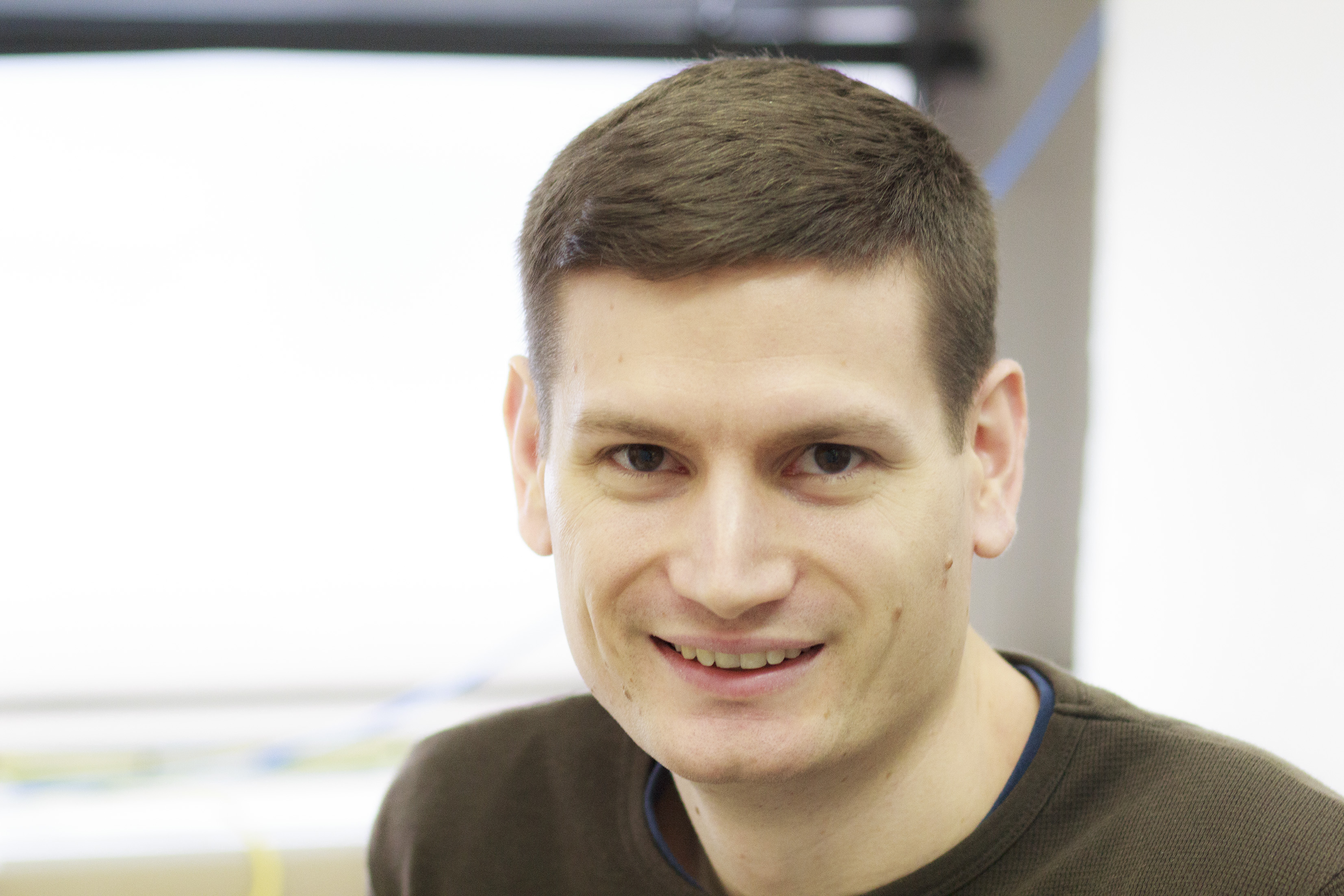Jonathan Whicher
B.S., St. Lawrence University, Canton, NY
Ph.D., University of Michigan, Ann Arbor, MI

Excitable cells, such as neurons and muscle cells, transmit information through electrical impulses known as action potentials. Action potentials are propagated by voltage-dependent ion channels, which conduct ions across the cell membrane in response to changes in membrane voltage. In particular, voltage-dependent K+ channels (Kv) open to allow the efflux of K+ ions to repolarize the cell. Kv channels are comprised of a K+ pore and a voltage sensor. Movement of the voltage sensor within the membrane in response to changes in membrane voltage allow for the K+ pore to open and close. Crystal structures of Kv channels provided insights into the mechanisms of ion conductance and voltage sensing. However, in all of the structures the channel is trapped in an open conformation and in some cases the voltage sensor seems to adopt a non-physiological conformation. Due to the limitations of crystallography, efforts to trap the Kv channels in alternate conformations have been unsuccessful. As a result, we do not fully understand the mechanisms of Kv channel opening and closing.
Single particle electron cryo-microscopy (cryo-EM) allows for the visualization of proteins in solution and provides the opportunity to trap proteins in multiple native conformations. Furthermore, recent advances in cryo-EM have allowed for the visualization of ion channels at atomic resolutions in multiple native states. The goal of my research is to determine the structure of Kv channels utilizing the new cryo-EM methodology and attempt to trap the Kv channels in different native conformations. This will provide a better understanding of the mechanisms of voltage-dependent gating.
